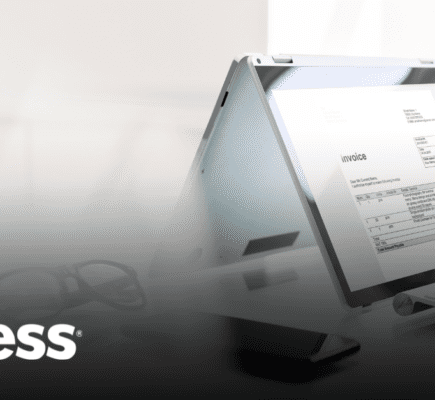
In 1957, Russell Kirsch scanned the first image to a computer and helped jumpstart the information technology revolution. From that first scan came faxes, packaging barcodes, desktop publishing, digital photography, CAT scans, and a plethora of other data scanning technologies.
By the 1990s, as resolution improved, most businesses were utilizing data scanning technology to turn their photos and physical documents into digital copies. However, documents still needed to be manually handled, sorted, and filed once they were scanned. This time-consuming and tedious data scanning process limited the utility of imaging technologies. Organizations were already looking for simpler, more productive ways to digitize and manage their documents.
First introduced as a tool for the visually impaired, Optical Character Recognition (OCR) took the written word and converted it to a digital form, with the computer recognizing text and even being able to read aloud. Over the years, these data capture solutions have adapted and grown. These solutions can now complete many common business practices, including data entry, automatic recognition, and information extraction from documents. Many organizations use this imaging solution to index and sort information into databases and hierarchies and to support sophisticated retention schedules, freeing up their employees’ time for more strategic initiatives.
While OCR technology has enabled many organizations to work more efficiently, it’s not without its own set of problems. As business and the digital world continue to evolve, the software needed to keep up with these changes must provide even more adaptability.
The Problem with Traditional Data Capture Systems
More so than ever, organizations are looking for ways to make collaboration and information accessibility easier for their teams. Employees need to be able to find the documents and data they need when they need them. Unfortunately, with traditional information capture solutions, this remains challenging. Research from AIIM revealed that many organizations are struggling with their current data capture solutions for a variety of reasons, including:
- Multiple Document Types – Organizations process a wide variety of document types, including invoices, receipts, checks, applications, etc. Each of these document types needs to be processed, stored, and discarded differently, according to different retention schedules. Traditional data scanning technology does not adapt well to multiple document types.
- Software and Data Mismatch – Most information capture solutions have been designed to work with highly structured information and predetermined workflows. Meanwhile, over 60% of information organizations are capturing is unstructured.
- Ease of Use – 65% of organizations believe their current information capture solutions are too complicated for a typical knowledge worker to use. Employees are spending more time trying to figure out their system than actually using it.
- More, More, More – More regulations, more technology, more document types, more information– organizations are facing more and more each day. The solution they use must be scalable and adaptable to keep up with their growing needs.

5/7 Leveraging Your Data: A Journey Through 3 Essential Information Gates
Join our upcoming webinar, where we will guide you through the essential steps to be successful in the age of digital information. The Three Gates to Digital are your roadmap to harnessing the power of technology, improving efficiency, and achieving…
Intelligent Information Capture Solutions are Future-Proof
In today’s information economy, organizations need an information capture solution that will continue to adapt over time. While the future of technology may not be crystal clear, we see how the Internet of Things, Big Data, Bring Your Own Device (BYOD) policies, and more are changing the way we work and where we work. Organizations that simplify, standardize, and automate their data capture system will be able to transform their business operations and unlock the value of the information and insights currently cloistered in their paper records.
Unlike traditional data capture systems, Intelligent information capture solutions identify and extract critical data from both paper and electronic documents without needing guidance from a person. Business rules, industry regulations, and a clear structure can all be programmed into the scanning technology, allowing you to extract valuable information from within the document, sort it properly, and act accordingly. Digital scanning technology can help you:
- Increase efficiency by freeing up your employees to focus on more critical tasks and projects.
- Enhance collaboration, allowing team members to access the same information from across the room or around the world.
- Improve security by routing information to the correct depositories as they’re created and enforcing access permissions, protecting your organization from data loss and devastating breaches.
- Simplify compliance by automatically classifying the information and sorting it into the appropriate retention bucket, making it easily accessible in case of an audit or other litigation.
- Identify any expired or outdated documents to destroy, as well as establish set destruction dates for different document types within the system.
- Provide metadata analysis on the types of documents and records as well as on data extracted from those records, yielding actionable insights for decision-making.
Getting Started with Data Scanning
In order to achieve significant digital transformation, most organizations have shifted their perspective on information capture from being something that is done for archival purposes to something that helps to enable digital-first processes.
If data capture is slowing down your digital transformation efforts, Access Unify’s digital scanning technology may be able to bring your project back up to speed. By leveraging the latest advancements in AI to identify and classify record types and metadata, Access Unify™ ensures your documents are digitized in a way that prioritizes the accessibility and searchability of data.




